Learn about Petite Sirah and what foods to pair it with, from a certified sommelier.
Is it Petite Sirah or Petit Syrah? One of the things that makes wine journalism either exciting or frustrating, depending on your perspective, is grape nomenclature. The number of varietals alone can be daunting to the newcomer. How many grapes can possibly begin with “Pinot” or “Cabernet,” after all? However, delving just a bit deeper reveals an opposing phenomenon: the fact that there has been a lot of unintentional duplication of names.
It’s easy to understand why. There was a tremendous amount of hybridization going on in the 19th and 20th centuries. What with the advent of growing grapes in the New World (i.e., the Americas, Australia, and New Zealand), growers needed grapes to withstand the climates of their new homes. The destruction that phylloxera wrought on European vineyards left a similar niche to be filled. Combining this madcap genetic experimentation with pre-electronic forms of communication meant the aforesaid duplication was basically inevitable.
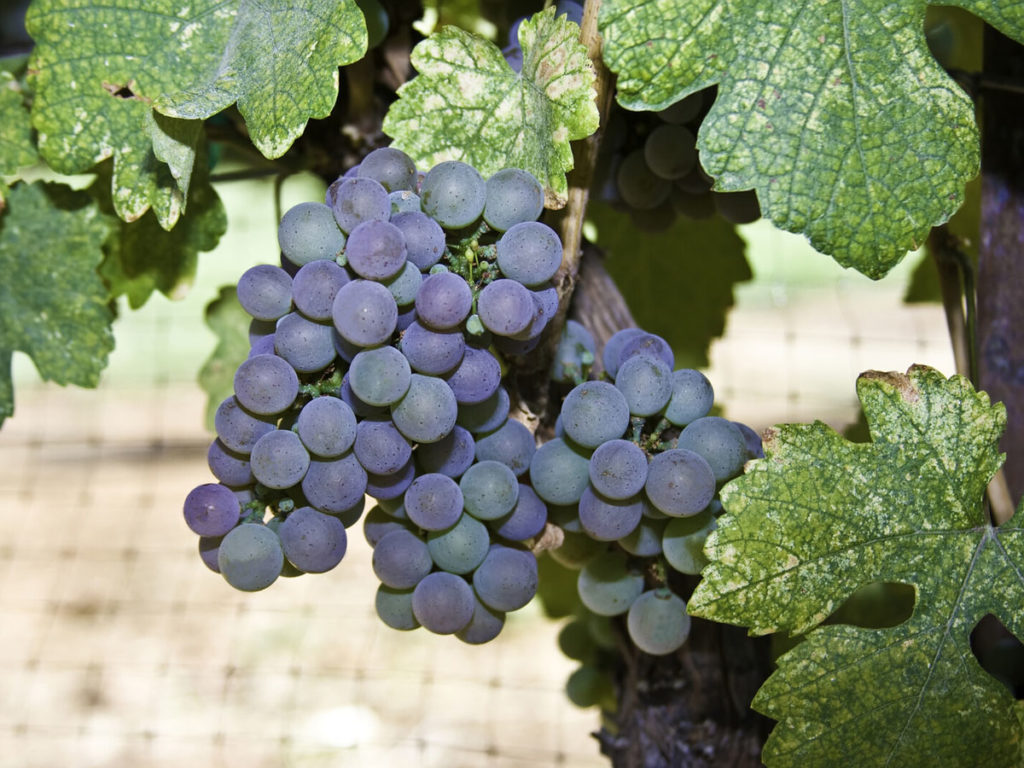
What is Petite Sirah? Is it the Same as Petit Syrah?
This was the era that birthed what we now call Petite Sirah. We should note at the outset that the feminine “e” on Petite and the “i” in Sirah are critical. There is a Petit Syrah which is a distant cousin of the former. It’s for that reason that the French refer to Petite Sirah as “Durif,” in honor of François Durif, the 19th century French botanist who accidentally created the varietal. (Not to be confused with Brad Dourif, the actor who played Gríma Wormtongue in the Lord of the Rings movies. And boy, is that a deep cut.)
The most likely explanation for the nearly-identical names is a classification error. As Rhône varietals became more widely planted in California, it is likely that one or several growers mistook hardy but small-berried Durif for a smaller-berried clone of Syrah. Complicating the issue even more is that other varietals have also been mistaken for Petite Sirah in the past. For all intents and purposes, though, it’s safe to assume that the varietal characteristics of what Americans call Petite Sirah are those of the grape the French call Durif.
What Does Petite Sirah Taste Like?
Just from its varietal characteristics alone, it’s easy to see what made Petite Sirah popular with the immigrant population that brought it to California. The wines that it makes tend to be peppery and jammy, not dissimilar to Zinfandel but often with a higher acidity.
The comparison to Zinfandel doesn’t end there, as they share quite a few fruit characteristics as well. Black fruits tend to predominate, especially in wines produced in warmer climates, with blueberry, blackberry, plum, pungent herbs and spices, dark chocolate, and coffee being among the more common descriptors applied to the wine.
However, Petite Sirahs from comparatively cooler regions such as Mendocino or the Sierra Foothills can have a zesty raspberry and tart red fruit character, courtesy of their heightened acidity.
As mentioned before, Petite Sirah is so named for the size of its berries. This leads to a higher skin-to-juice ratio, which in turn leads to the dark color, high tannins, and high acidity that make the grape so memorable. Whereas Zinfandels are typically lower in acidity, which in turn softens the overall perception of tannins, Petite Sirahs are bold and in-your-face.
These characteristics taken together mean that just in the last few decades, Petite Sirah has become very popular as a single-varietal bottling, instead of being relegated to the role of blending varietal with weaker Cabernet Sauvignon or Zinfandel vintages. (This is becoming a common theme with other historical blending varietals as well, such as Petit Verdot or Mourvèdre.)
What Does Petite Sirah Pair Well With?
When it comes to food pairings, Petite Sirah can more than hold its own with a wide variety of dishes. There are, of course, the old standbys when it comes to pairing with a heavier red wine. Petite Sirah’s high tannin content makes it more than a match for any kind of steak, and its bitterness and native coffee character can make for an excellent pairing with an espresso steak rub.

However, it’s also worth considering how the high acidity and jammy, funky fruit character can be an asset as well. Roasted brussels sprouts in a fruit compote would really kill alongside a more red-fruit-driven Lodi Petite Sirah.
And let’s not forget the pungent herbal notes that often define a really tasty Petite Sirah. This is the kind of wine you could put with something like a Moroccan beef stew—heavy on the ginger and allspice and cinnamon! —and not expect it to get overwhelmed.
If you’re looking for something simpler and more approachable, though, Petite Sirah and chili go great together. The peppery character and herbal notes in a well-made chili make a wonderful flavor harmony with the peppery, herbal flavors in a quality Petite Sirah.
Should I Decant Petite Sirah?
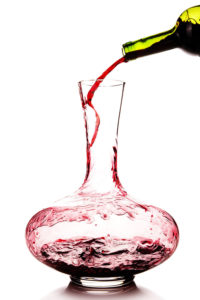
As with all other heavy, tannic, red wines, Petite Sirah benefits from decanting. There are quite a few Petite Sirahs that more or less demand to be decanted, actually (unless having your tongue bitten by tannins appeals to you!). Depending on the specific wine, the marvelous and jammy fruit flavors will really emerge after an hour or so in a decanter. If you’re looking for that herbal sharpness, though, drinking after opening without decanting might be more your speed.
There are a lot of grapes that, for lack of a kinder term, have been considered “peasant” grape varietals in the past. Petite Sirah doesn’t have the same historical stigma that, say, Alicante Bouschet suffers under. But neither does it get as much credit as it deserves. Happily, in the 21st century, we as a winemaking culture are starting to realize that growing conditions and winemaking techniques can create great wines out of any grape. As a result, the quality of varietals like Petite Sirah gets to shine forth—and we get to reap the benefits!
Questions? Suggestions? Leave a comment below!



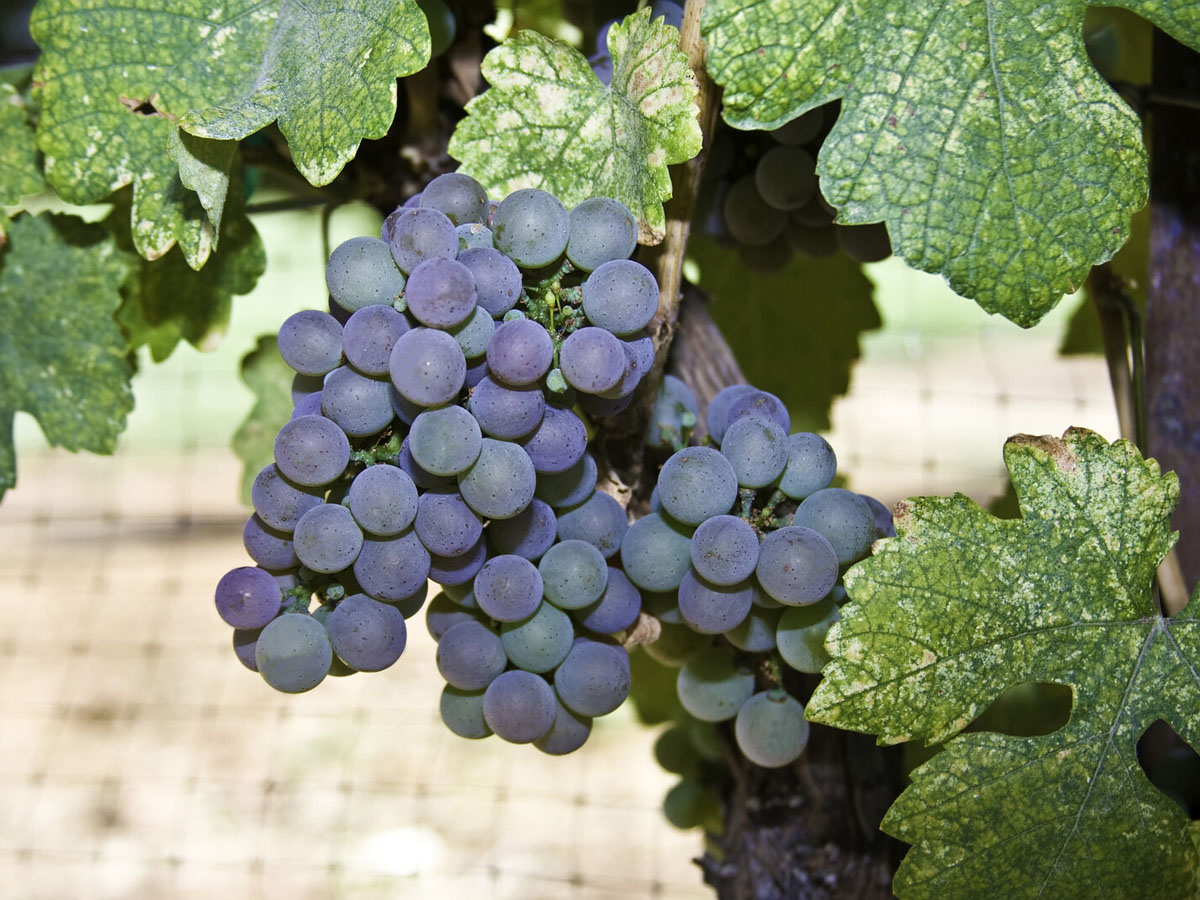
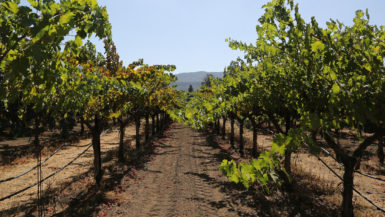
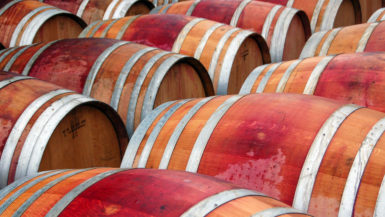

Leave a reply